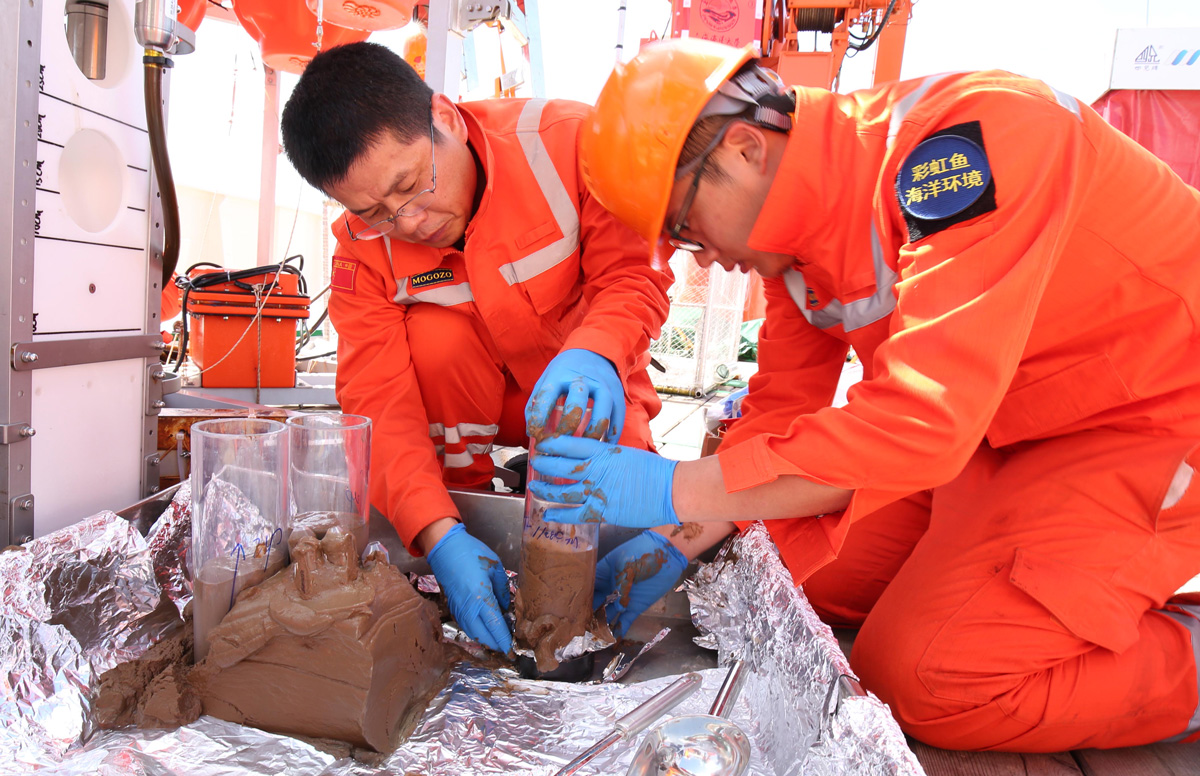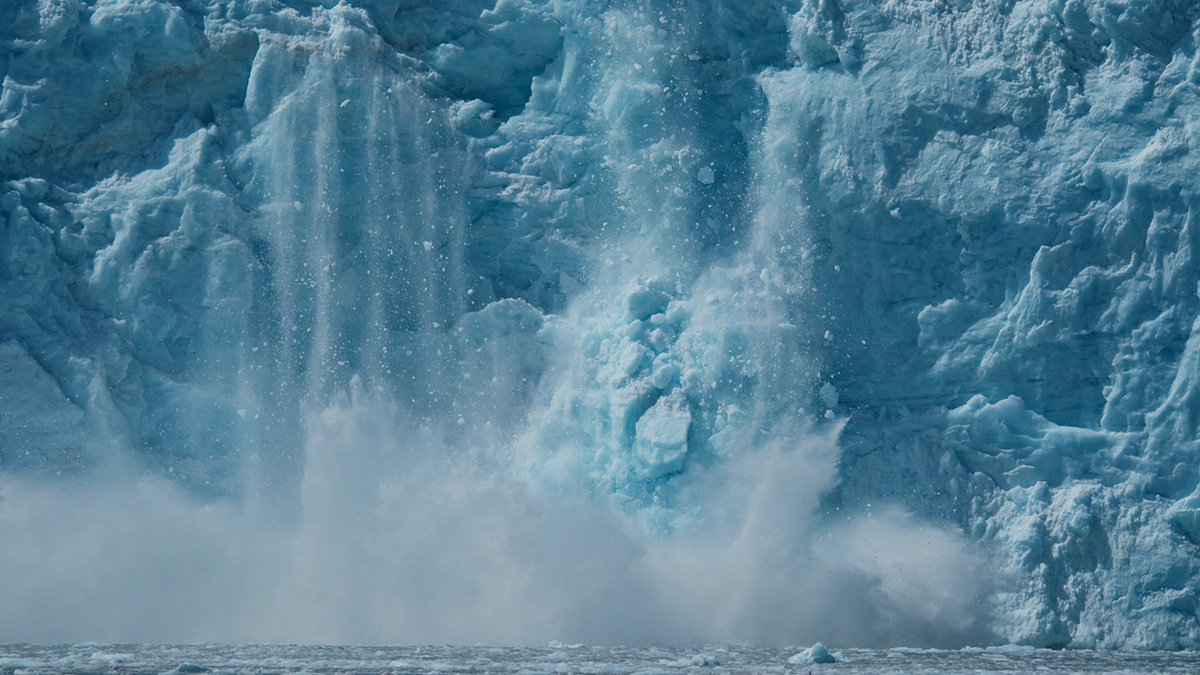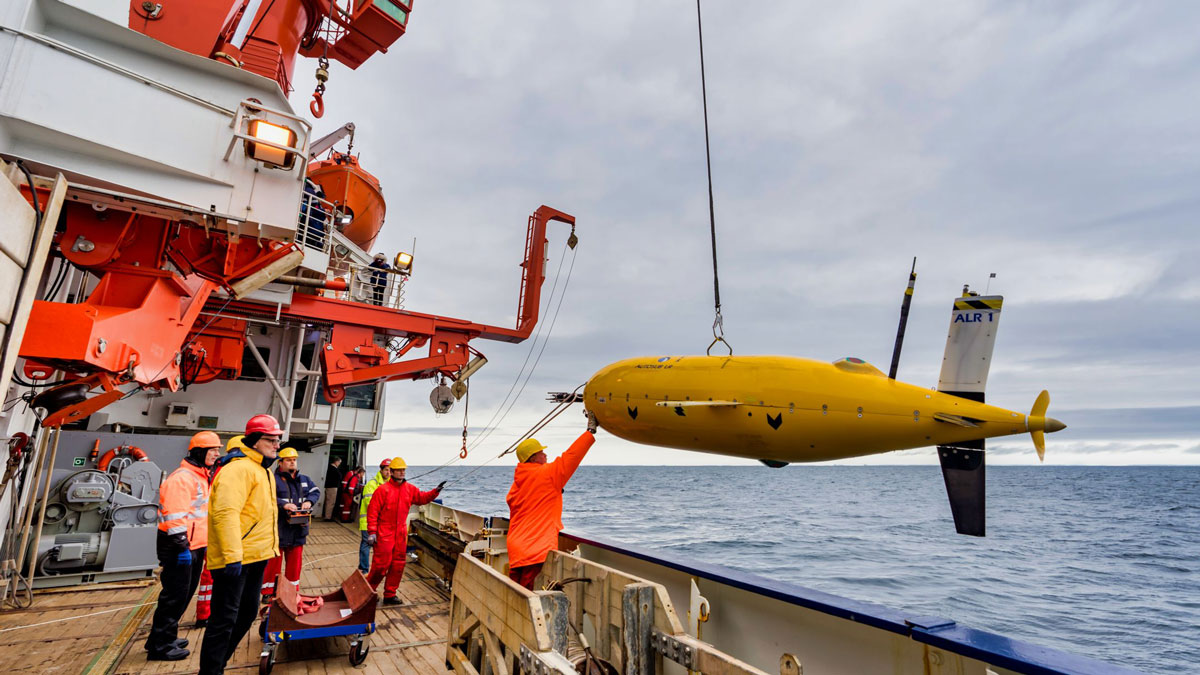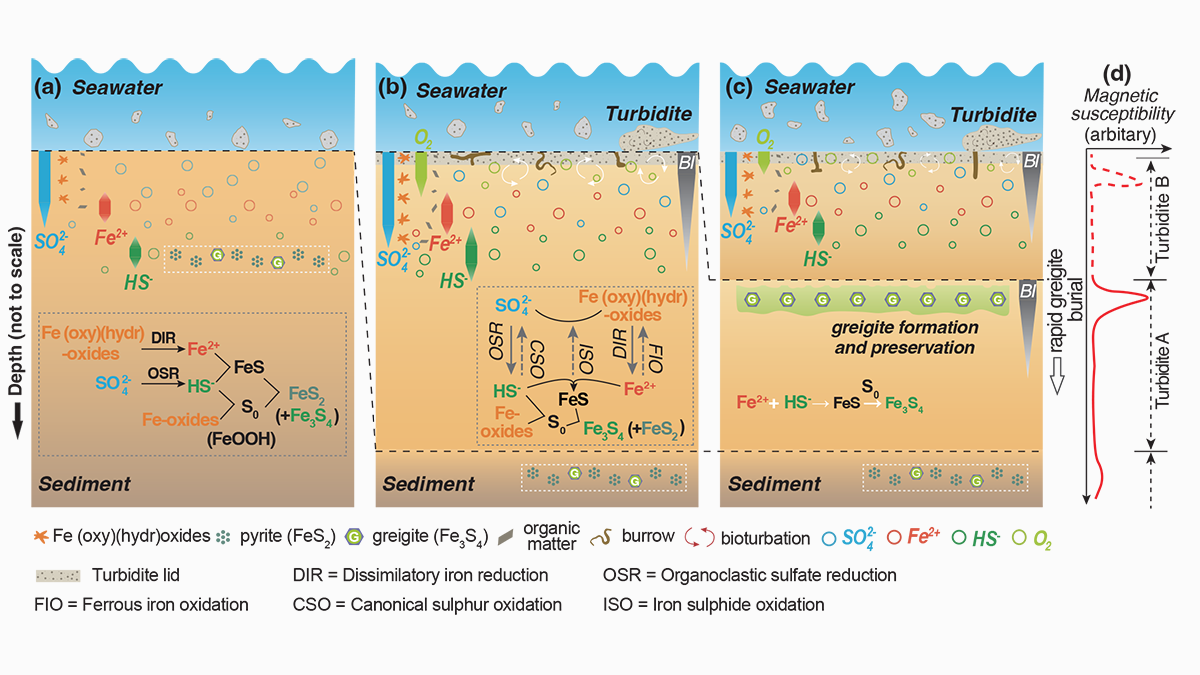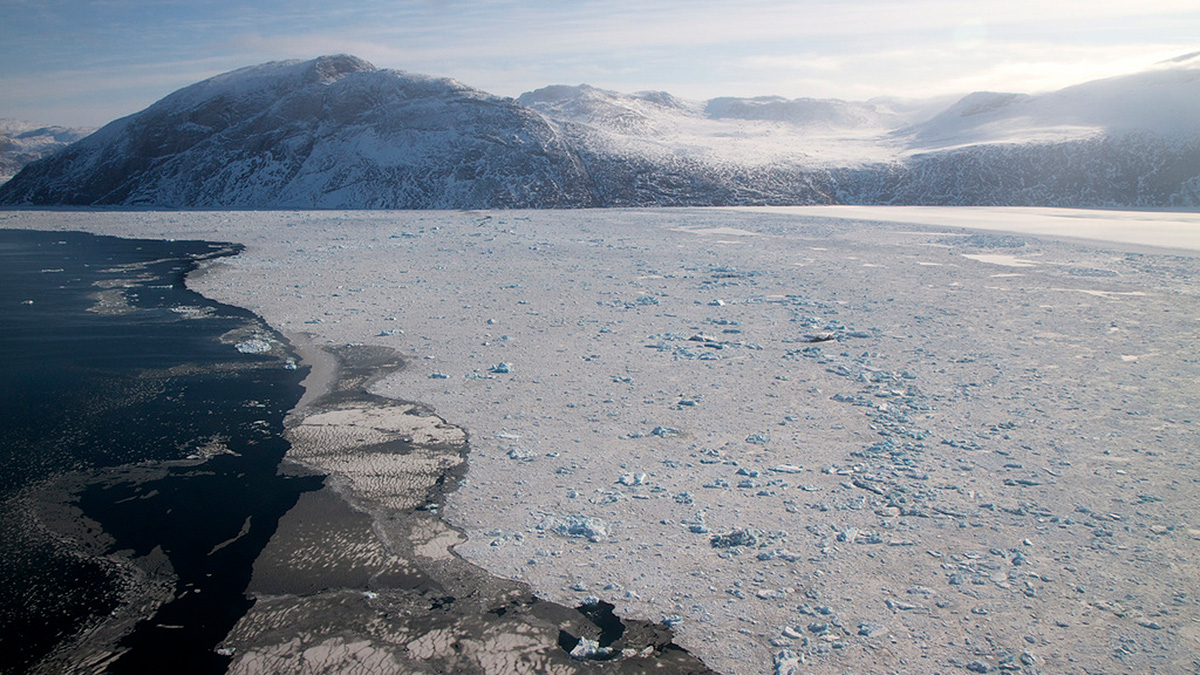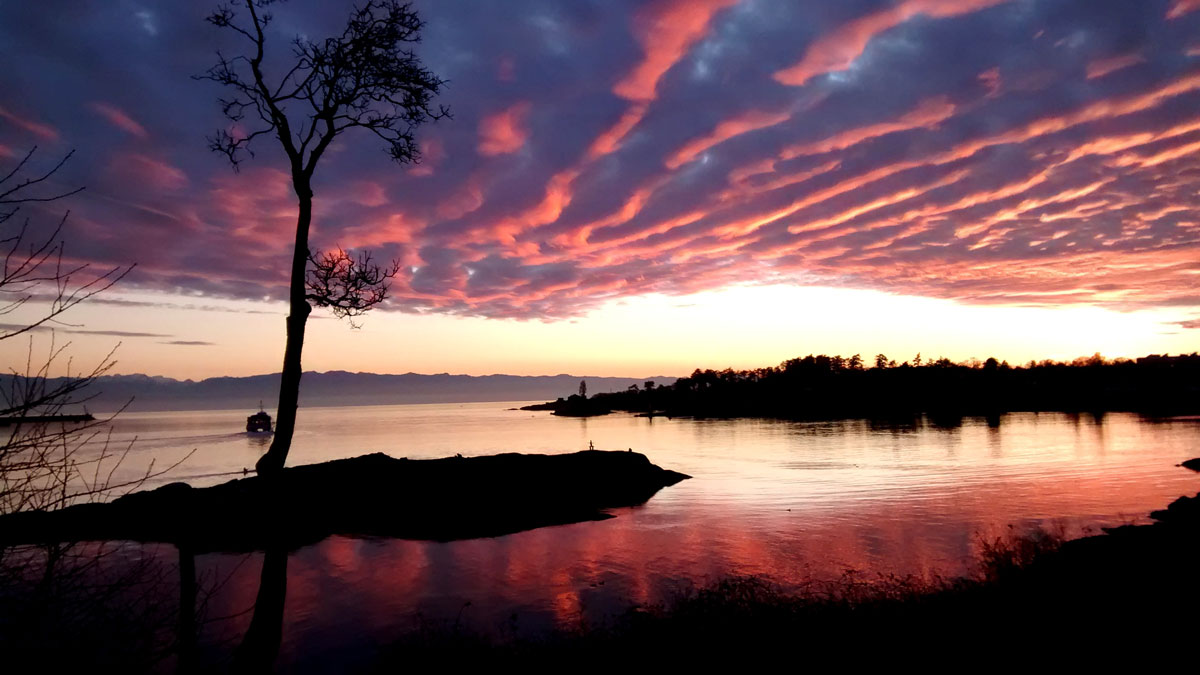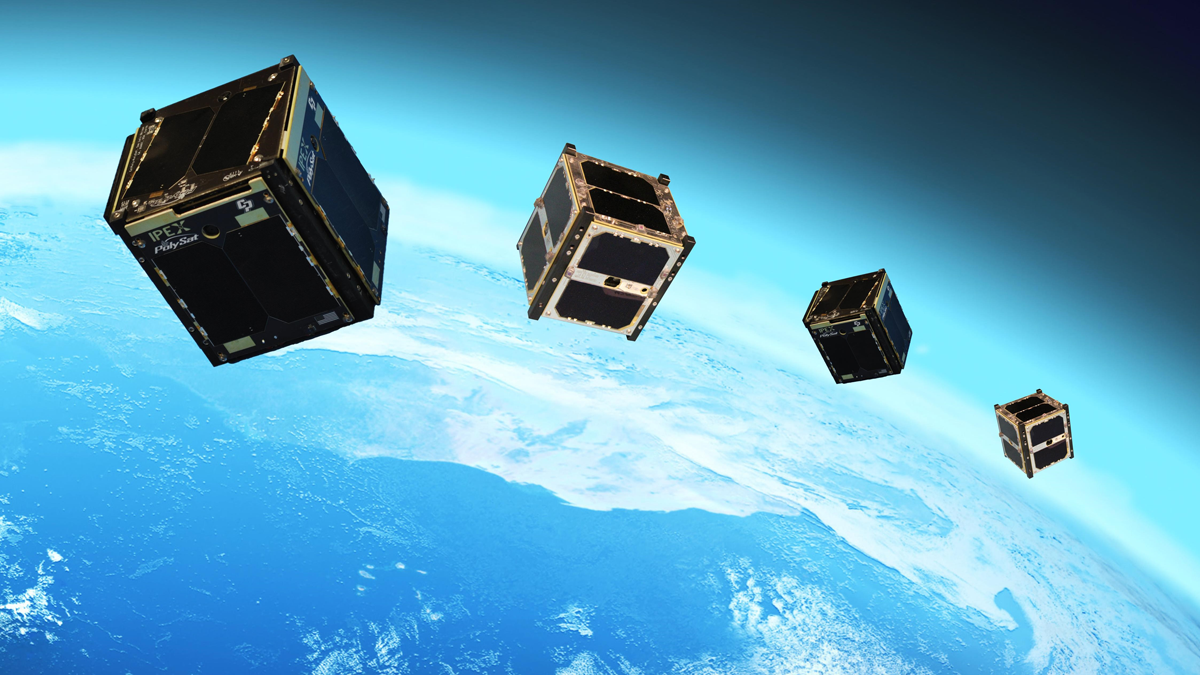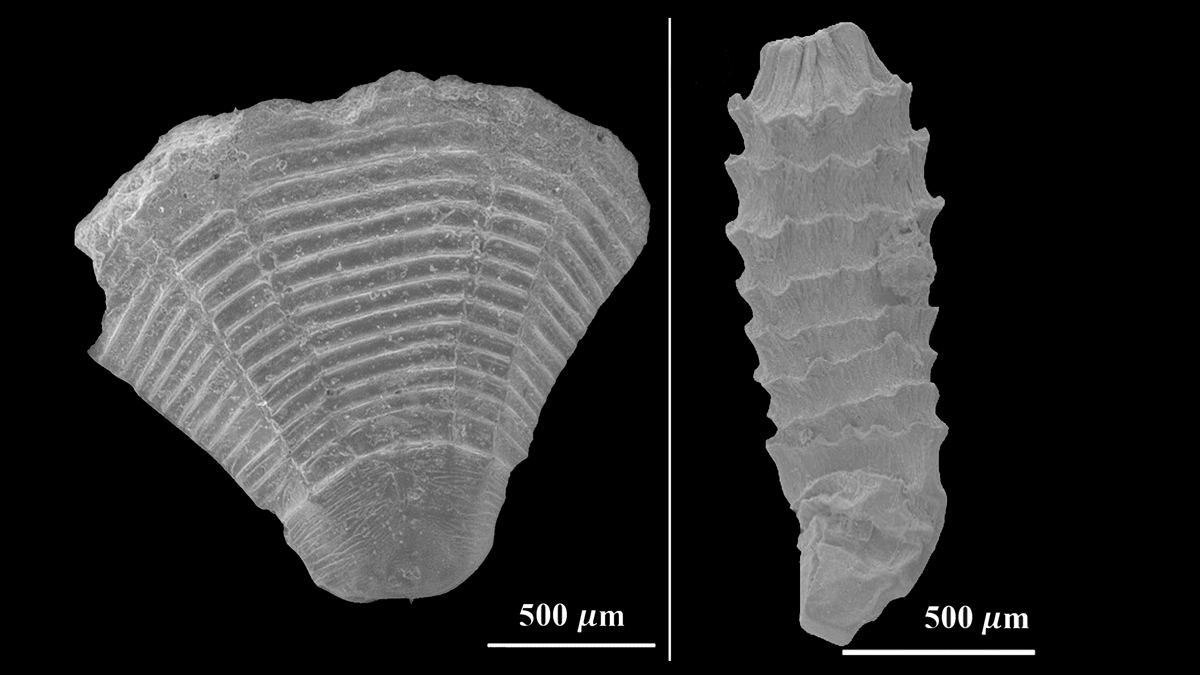Surprising amounts of mercury settling into deep-sea trenches may provide a fuller picture of the metal’s path through the environment, but pulling it to the surface is no easy feat.
Oceans
Underwater Sounds Help Reveal Extent of Glacial Calving
If a glacier calves into the Arctic Ocean, does it make a sound? Some scientists say yes and have devised a clever way to use those sounds to calculate the size of the fallen ice chunks.
Exploring a Warm Water Inflow Below an Antarctic Ice Shelf
Researchers guided an autonomous underwater submarine to capture the first direct observations of a warm water current flowing in below the Filchner-Ronne Ice Shelf in Antarctica.
New Mechanism for “Giant” Greigite Growth in Deep-Sea Sediments
Understanding greigite formation pathways in sediments is a prerequisite for assessing the marine iron-sulfur-carbon cycle and yield reliable near-syn-sedimentary paleomagnetic records.
Accurate Ocean Tides for Earth System Models
Accurate tide models require self-attraction and loading terms, but can this calculation be done accurately and efficiently for use in global tide and Earth system models?
Dissecting Ocean Dynamics in Greenland Fjords
Researchers explored the patterns and drivers of variability in fjords linking the Greenland Ice Sheet and the Atlantic Ocean using numerical simulations and in situ observations.
The Bottom of the Arctic Is Blooming
Researchers found phytoplankton hidden on the Arctic seafloor, hinting at a cascade of effects on the local ecology and carbon cycle.
Measuring the Ins and Outflows of Estuaries
Scientists modeled monitoring schemes in three different estuaries to determine instrument layouts that could effectively and efficiently measure exchanges of salt water and freshwater.
Looking to the Sky for Better Tsunami Warnings
Pairing navigation satellites and CubeSats could provide earlier, more accurate warnings of approaching tsunamis and other impacts of extreme events.
Fluid Dynamics of Tiny, Ancient Marine Animals
Water flow simulations using 3D models of fossils yield new clues to the evolution of organisms known as medusozoans.

